Search the Special Collections and Archives Portal
Search Results

Exterior view of Del Webb's Mint, Las Vegas, Nevada: photographic print
Date
1970 (year approximate) to 1989 (year approximate)
Archival Collection
Description
From the Las Vegas: Snapshots of History Photograph Collection (PH-00425)
Image
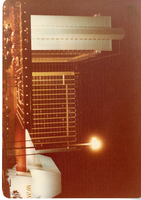
Exterior view of MGM (now Bally's), Las Vegas, Nevada: photographic print
Date
1970 (year approximate) to 1989 (year approximate)
Archival Collection
Description
From the Las Vegas: Snapshots of History Photograph Collection (PH-00425)
Image
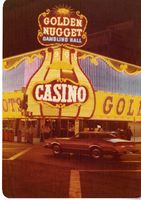
Exterior view of Golden Nugget signage, Las Vegas, Nevada: photographic print
Date
1970 (year approximate) to 1989 (year approximate)
Archival Collection
Description
From the Las Vegas: Snapshots of History Photograph Collection (PH-00425)
Image

Exterior view of Fremont Street in Las Vegas, Nevada: photographic print
Date
1970 (year approximate) to 1989 (year approximate)
Archival Collection
Description
From the Las Vegas: Snapshots of History Photograph Collection (PH-00425). Pictured are the Four Queens Hotel and Casino, Golden Nugget, Union Plaza Casino.
Image
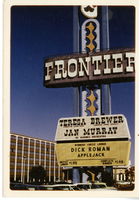
Exterior view of Frontier signage, Las Vegas, Nevada: photographic print
Date
1970 (year approximate) to 1989 (year approximate)
Archival Collection
Description
From the Las Vegas: Snapshots of History Photograph Collection (PH-00425)
Image
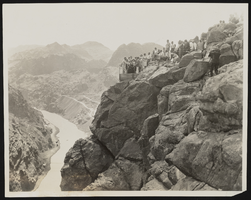
Photograph of a group at Black Canyon (Nev.), 1932
Date
1932
Archival Collection
Description
A group of people standing at Black Canyon, Nevada (Boulder City, NV), 1932. For additional information see image 0012 0141 (pho016167) ; image 0012 0142 (pho016168) and image 0012 0143 (pho016169) from Betty Ham Dokter Collection, Also see image 00182 0006 (pho025370) and 00182 0007 (pho025371) from Harmon Family Photograph Collection.
Image
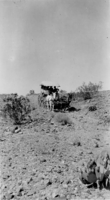
Photograph of people in a horse drawn carriage near Fort Callville, Nevada, 1911
Date
1911
Archival Collection
Description
Black and white image of people riding in a horse-drawn carriage, with the following description: "Frank Toff's mules, Jim Ladd's stage. 1911 out on Old Mormon Trail near Ft. Colville [sic]. Mother, Earl, myself, Shorty Mattuci"
Image
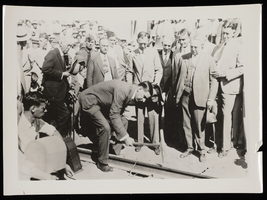
Photograph of Salt Lake and Boulder City railroad junction, (Nev.), September 17, 1930
Date
1930-09-17
Archival Collection
Description
Ray Lyman Wilbur drives the final silver spike into the ground at the railroad junction of Salt Lake RR at Boulder. Other men gather around as spectators, all wearing suits and ties.
Image
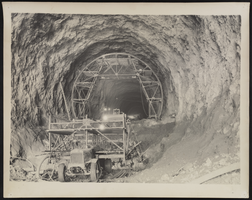
Construction equipment inside of a tunnel: photographic print
Date
1900 (year approximate) to 1999 (year approximate)
Archival Collection
Description
From the UNLV Libraries Single Item Accession Photograph Collection (PH-00171)
Image
Pagination
Refine my results
Content Type
Creator or Contributor
Subject
Archival Collection
Digital Project
Resource Type
Year
Material Type
Place
Language
Records Classification

